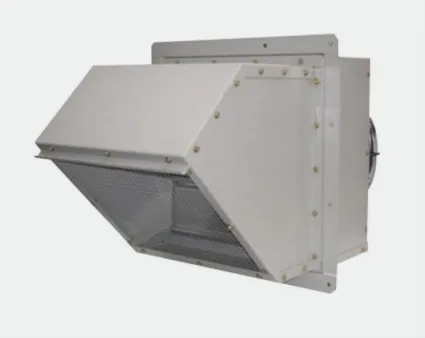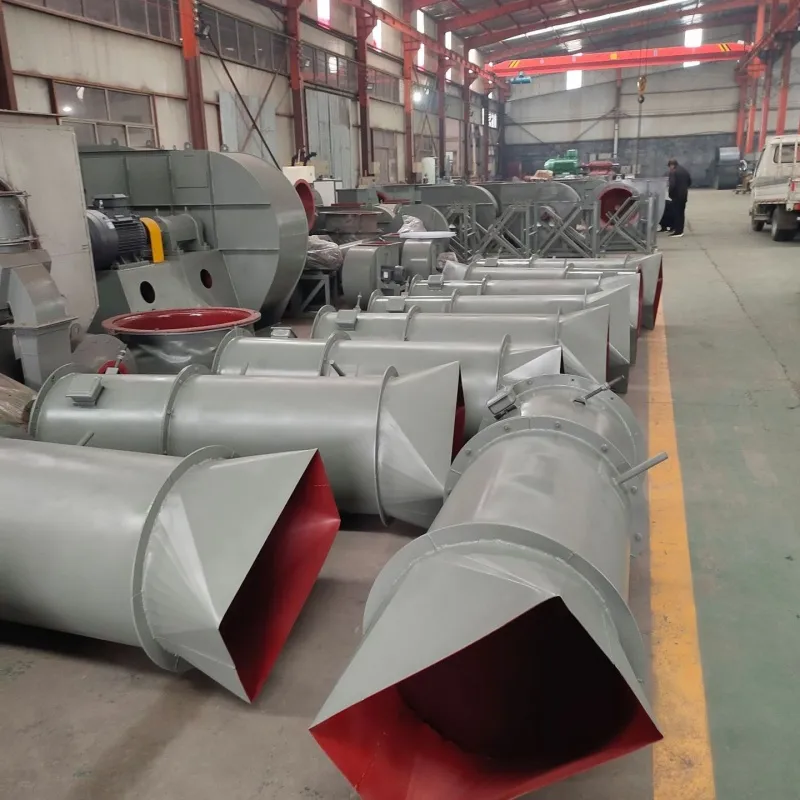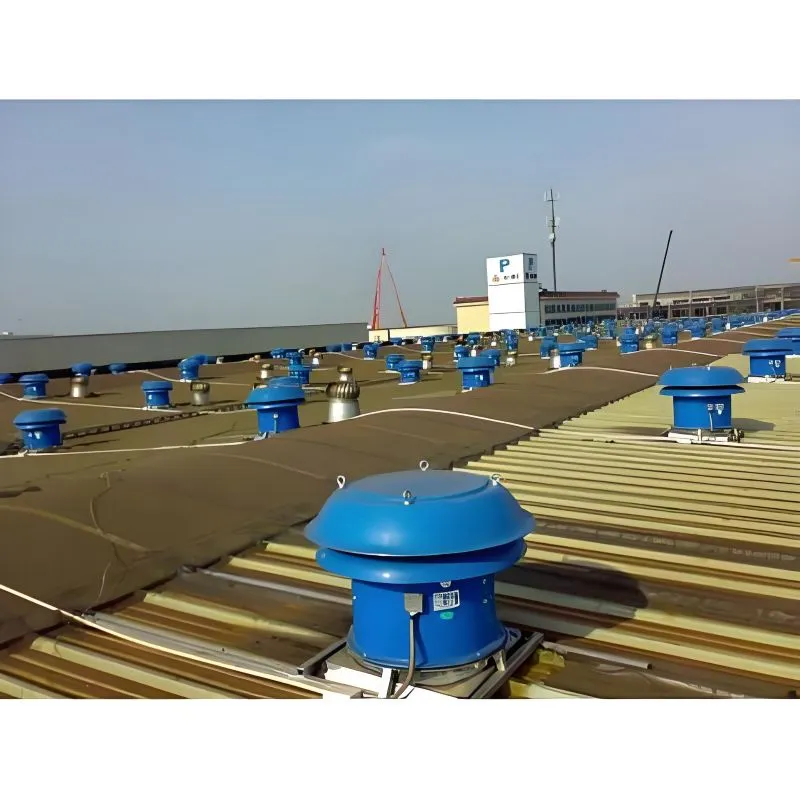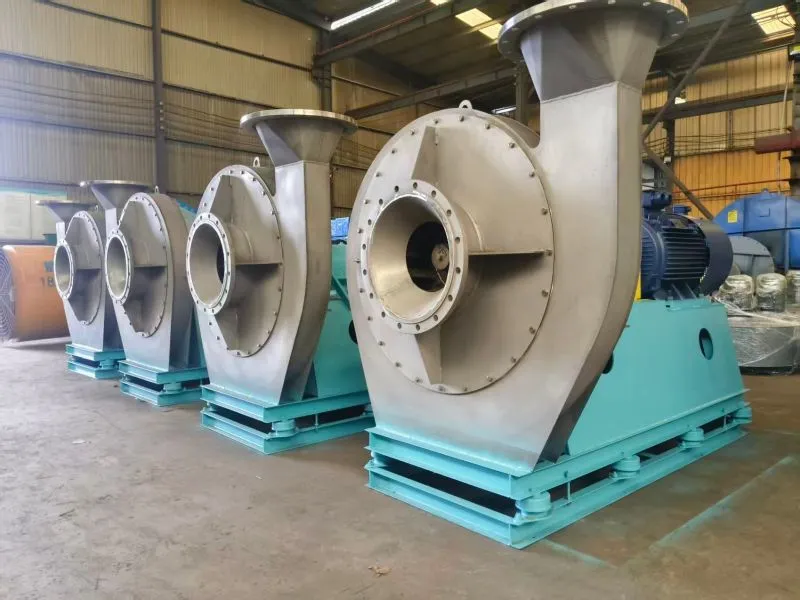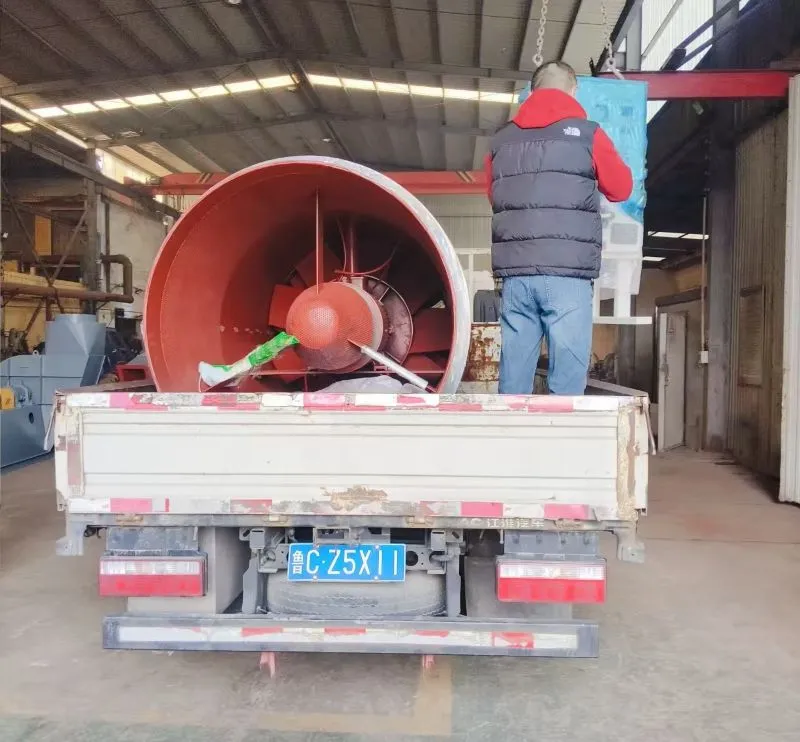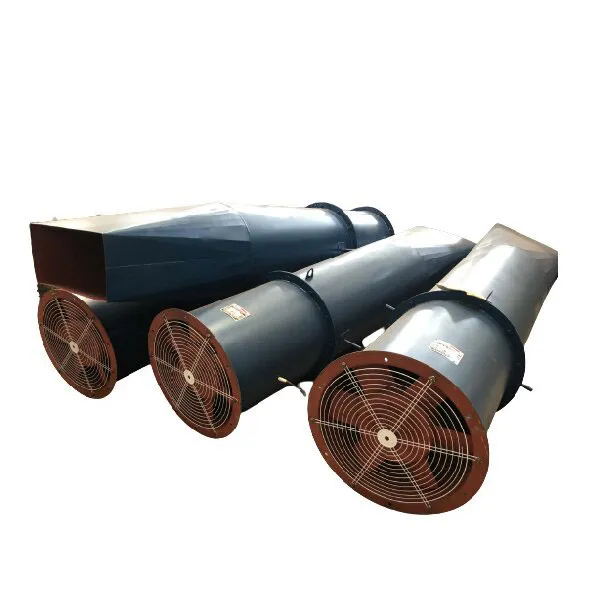په پایښت کې د بریښنا فابریکې د مینه والو رول اکثرا د رادار لاندې الوتنه کوي. ډیری خلک د سولر تختو یا باد توربینونو په اړه فکر کوي مګر سترګې پټوي چې دا پرستار د انرژي اغیزمن سیسټمونو رامینځته کولو کې څومره مهم دي. دلته ولې دوی مهم دي.
د بریښنا د فابریکې پرستار پوهیدل
د هر بریښنا فابریکې په زړه کې د مینه والو شبکه ده. دا ستاسو د کورنۍ عادي مینه وال نه دي؛ دوی د ځانګړو اهدافو لپاره انجنیر شوي صنعتي بیمونه دي. د یخولو سیسټمونو څخه د احتراق لوړولو پورې، د هر فین ډول خپل ځانګړی رول لري. پوښتنه د موثریت په اړه ده. که یو فین کولی شي د بریښنا ضایعات کم کړي یا د ورته اندازې تیلو سره د نبات تولید زیات کړي، ایا دا په عمل کې پایښت نه دی؟
دا تل د ډیزاین او غوښتنلیک لپاره غوړیږي. ما هغه پروژې لیدلي چیرې چې د فین نامناسب انتخاب د بې کفایتۍ لامل شوی ، د انرژي لګښتونه لوړیږي او محصول کموي. ټیکنالوژي لکه متغیر فریکونسۍ ډرایو کولی شي د فین عملیات غوره کړي، مګر یوازې که په سمه توګه پلي شي.
د زیبو هونګچینګ فین شرکت ، لمیټډ په څیر شرکتونو سره کار کول ، ما د یو لړ بلور ډیزاینونو سره مخ شوی. د کان کیندنې محوری جریان پرستارونو او د زنګ په وړاندې مقاومت لرونکي ماډلونو باندې د دوی تمرکز څرګندوي چې د موادو او ډیزاین انتخابونه څومره مهم دي. د نورو معلوماتو لپاره، تاسو کولی شئ د دوی وړاندیزونه وګورئ د دوی ویب پاڼه.
د انرژي موثریت اغیز
کلیدي تمرکز کله چې د پایښت په اړه بحث کیږي د انرژي موثریت دی. د بریښنا د فابریکې پرستار اکثرا 24/7 کار کوي، د انرژي په ټولیز کارونې کې د پام وړ مرسته کوي. د دې په اړه فکر وکړئ: که تاسو کولی شئ هر فین حتی یو څه ډیر اغیزمن کړئ، په لوی سیسټم کې مجموعي اغیزه د پام وړ ده.
کله چې د نوي فین سیسټمونه یوځای کول، د انرژي درجه بندي او د سیسټم مطابقت ته پاملرنه خورا مهمه ده. دلته تېروتنه کولی شي سیسټمونه د یو بل په وړاندې کار وکړي نه په همغږي کې.
یوه پیښه په ذهن کې راځي چیرې چې د ډیر موثر سینټرفیوګال وینټیلیټرونو سره ریټرویټ د بریښنا مصرف نږدې 15٪ کم شوی لیدلی. دا د پام وړ پرمختګ دی، دا روښانه کوي چې حتی میخانیکي پرمختګونه د پایښت سره مرسته کوي.
په پایښت کې د ډیزاین رول
راځئ چې د یوې دقیقې لپاره د ډیزاین په اړه وغږیږو. یو پیاوړی فین سیسټم یوازې د لوړ کیفیت اجزاو ته اړتیا لري؛ دا هوښیار انجینرۍ ته اړتیا لري. شرکتونه لکه Zibo Hongcheng Fan Co., Ltd. په دې کې ښه والی لري، له 600 څخه ډیر ماډلونه وړاندې کوي. ولې دومره ډېر؟ ځکه چې اصلاح کول د مؤثره فین پلي کولو اساس دی.
ډیزاین باید د چاپیریال شرایط په پام کې ونیسي، لکه د تودوخې او رطوبت، کوم چې د فین فعالیت اغیزه کوي. د زنګ په وړاندې مقاومت لرونکي ماډل کولی شي د انرژي ضایعاتو مخه ونیسي چې ممکن د وخت په تیریدو سره د تخریب څخه رامینځته شي.
زما یو پخوانی همکار به ویل: د ډیزاین مرحله هغه ځای دی چیرې چې ریښتینې سپما کیږي. دا ریښتیا ده، او ډیری وختونه له پامه غورځول کیږي. محتاط ډیزاین د راتلونکي انرژي ضایع کموي او تولید اعظمي کوي، د پایښت لوپ بندوي.
د پایښت چلونکي په توګه ساتنه
د نصب څخه بهر، دوامداره ساتنه خورا مهمه ده. یو غفلت شوی فین سیسټم کولی شي بې کفایتۍ ته وده ورکړي، د پایښت هڅو پانګونې منفي کړي. دا هغه ځای دی چې د وړاندوینې ساتنې تخنیکونه په لوبو کې راځي ، د IoT او سمارټ ټیکنالوژیو لخوا پرمخ وړل کیږي.
په ریښتیني وخت کې د فین فعالیت نظارت کولو وړتیا پدې معنی ده چې تنظیمات په فعاله توګه ترسره کیدی شي ، ډیری وختونه مخکې لدې چې د پام وړ تخریب پیښ شي. هغه شرکتونه چې د دې ډول ټیکنالوژیو د ادغام وړتیا لري د دوامداره پایلو ترلاسه کولو لپاره غوره چانس لري.
د ساتنې غوره کړنې یوازې د لګښت سپمولو په اړه ندي. منظم چیکونه او تازه کول د ماتیدو مخه نیسي ، د وخت کمولو او د انرژي موثریت کچه ساتي ، دوامداره اصولو ته ریښتیني.
د بریالیتوب کیسې او زده کړې
د حقیقي نړۍ مثالونه د دې نظرونو په سمولو کې مرسته کوي. زه د هغو پروژو برخه یم چیرې چې د تولید کونکو سره همغږي کول لکه زیبو هونګچینګ فین شرکت ، لمیټډ د پایداره پایلو وړاندې کولو لپاره لازمي و. د دوی د مینه والو پراخه لړۍ د ځانګړي صنعتي ننګونو سره په بشپړ ډول پوره کوي.
یوه په یادګاري پروژه کې یو نبات شامل وو چې موخه یې د نورو دوامداره کړنو په لور لیږدول دي. د دوی د فین سیسټمونو په لوړولو سره، د انرژۍ مصرف کم شوی، او اعتبار ښه شوی. په هرصورت، ابتدايي ترتیب د خنډونو سره راغی — د سم مینه والو غوره کولو ډیری هڅې ترسره کړې، د دوامدار ډیزاین پیچلتیا په ګوته کوي.
په پایله کې، پداسې حال کې چې د بریښنا فابریکې مینه وال ممکن لومړی شی نه وي چې خلک د پایښت سره تړاو لري، د دوی اغیز د انکار وړ دی. د سمې ټیکنالوژۍ غوره کول، د مناسب ډیزاین ډاډمن کول، او په ساتنه کې د څارنې ساتل دا ټول د دوی ونډې په دوامداره راتلونکي کې پرمخ وړي.









